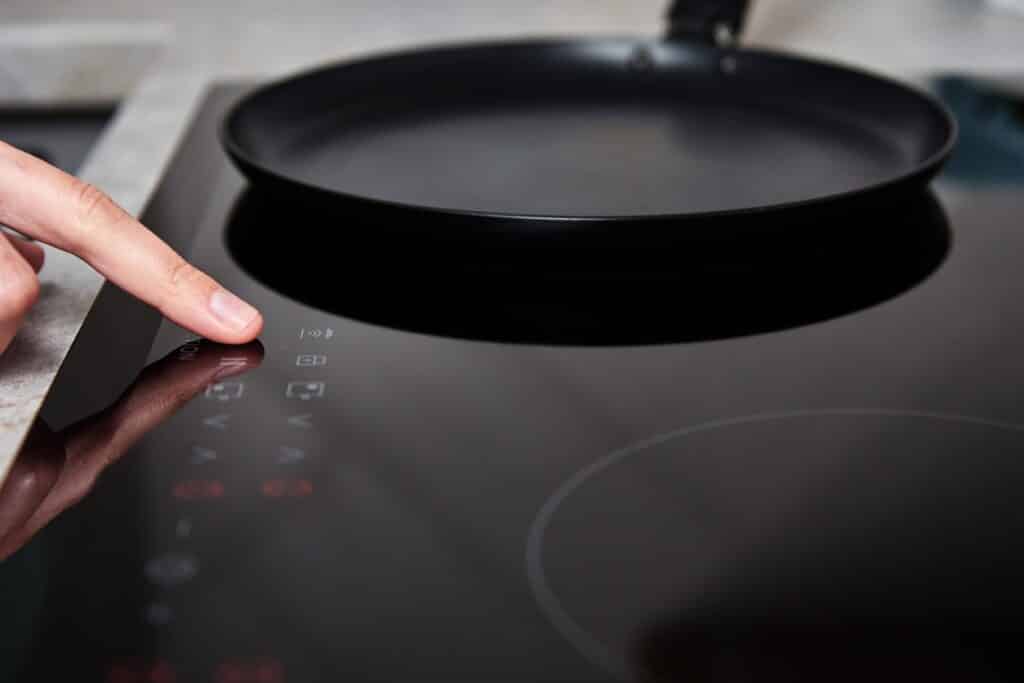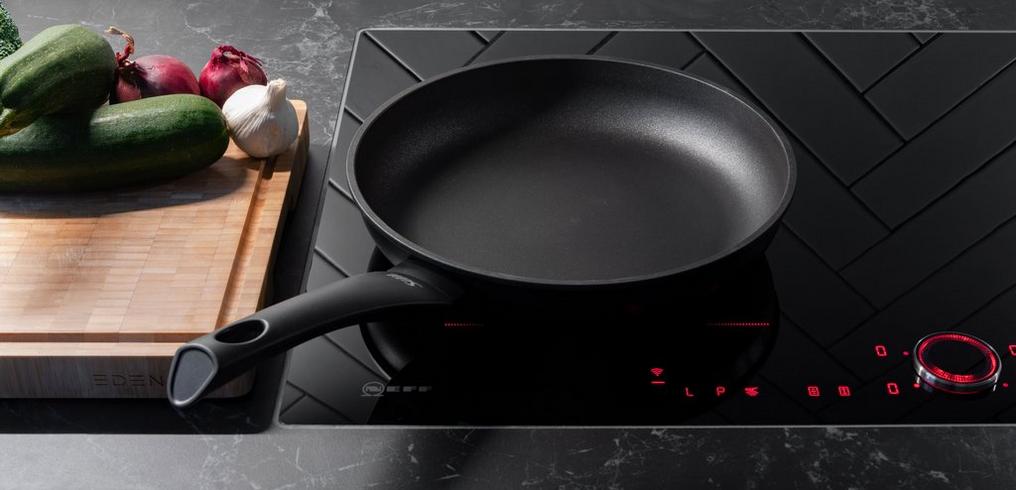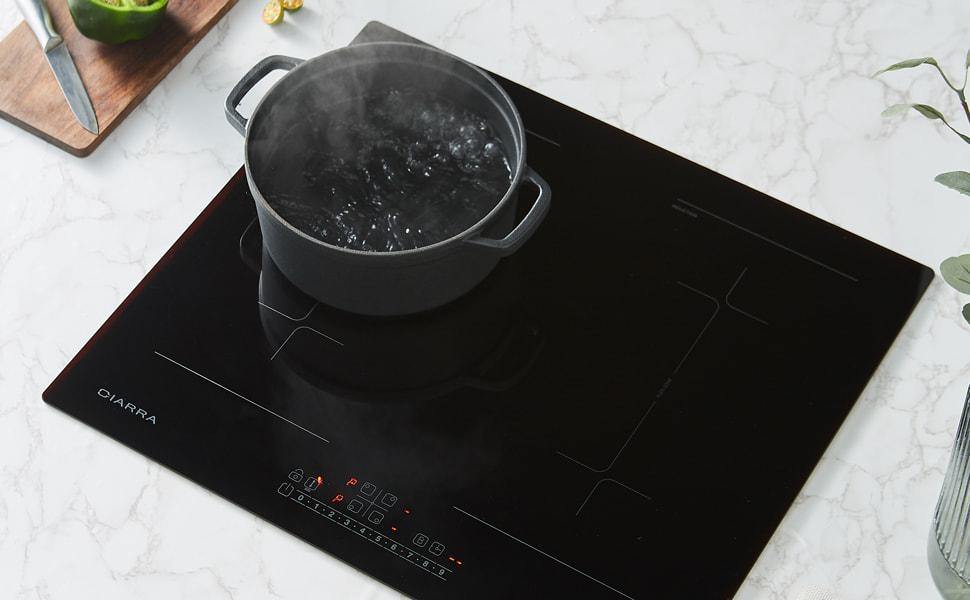In the bustling world of professional kitchens, cast iron cookware stands as a timeless favorite. Its durability and excellent heat retention make it a staple for chefs around the globe. However, with frequent use, maintaining the pristine condition of your cast iron can be challenging. How to avoid scratches with cast iron? This question is crucial for kitchen professionals who wish to extend the lifespan of their beloved cookware.

Understanding Cast Iron's Susceptibility to Scratches
Before diving into preventive measures, it's essential to understand why cast iron, despite its strength, can be prone to scratches. The surface of cast iron is not naturally smooth; it needs to be seasoned to create a non-stick layer. This seasoning is a layer of polymerized oil that forms during cooking. It is this layer that can be scratched, exposing the raw metal beneath.
Moreover, the rough handling in commercial kitchens and the use of abrasive cleaning tools can further exacerbate this issue. Thus, maintaining the seasoning is key to avoiding scratches and ensuring the longevity of the cookware.
Proper Seasoning: The First Line of Defense
Seasoning your cast iron is not just about creating a non-stick surface; it is also your first line of defense against scratches. Regular seasoning helps maintain a smooth surface, reducing the risk of abrasion. To achieve optimal seasoning, apply a thin layer of vegetable oil to the cookware and bake it in the oven at 375F for an hour. Allow it to cool in the oven. Repeat this process periodically, especially after cooking acidic foods or after a thorough cleaning.
Using the Right Tools
The tools you use with your cast iron can make a significant difference. Opt for silicone, wooden, or plastic utensils instead of metal ones. Metal utensils can scrape off the seasoning and cause scratches. For cleaning, avoid using steel wool or scouring pads. Instead, use soft sponges or brushes specifically designed for cast iron. If stubborn food residue needs to be removed, a gentle scrape with a plastic scraper can be effective without damaging the surface.
For more insights on maintaining your cookware, visit our article on cast iron cleaning.
Storage Solutions to Prevent Scratches
How you store your cast iron also plays a vital role in preventing scratches. Avoid stacking your cast iron pieces directly on top of each other. If space is limited, place a soft cloth or paper towel between each piece to prevent direct contact. This simple step can significantly reduce the risk of scratches.
Additionally, ensure that your storage area is dry. Moisture can lead to rust, which in turn can create a rough surface prone to scratching. For more on storage techniques, check out our guide on storing cast iron.
Using Cast Iron on Induction Cooktops
Induction cooktops are becoming increasingly popular in professional kitchens. These surfaces work well with cast iron, but there are precautions to take. Always lift your cast iron cookware instead of sliding it across the cooktop to prevent scratching both the cookware and the surface. For more information, explore the compatibility of cast iron with induction cooktops at Homes and Gardens.
Regular Maintenance: A Key to Longevity
Regular maintenance of your cast iron is crucial. After each use, clean your cookware with warm water and a soft brush. Avoid using soap, as it can strip the seasoning. Dry it thoroughly with a towel and heat it on the stove for a few minutes to ensure all moisture is evaporated. This practice helps maintain the seasoning and reduces the risk of rust, which can contribute to surface roughness and subsequent scratching.
For those interested in learning more about heating techniques, visit our detailed article on preheating a sizzling plate.
Periodic Deep Cleaning
While regular cleaning keeps your cast iron in good condition, periodic deep cleaning is necessary to maintain its integrity. For deep cleaning, use a paste made from baking soda and water to gently scrub the surface. This method can help remove tough residues without damaging the seasoning.
Conclusion
For kitchen professionals, understanding how to avoid scratches with cast iron is pivotal in preserving the quality and performance of this essential cookware. By implementing proper seasoning techniques, selecting the right tools, adopting suitable storage solutions, and committing to regular maintenance, chefs can ensure their cast iron remains in excellent condition for years to come. For further reading on the best cookware for induction hobs, visit Le Creuset.

FAQ
Why is seasoning important for cast iron?
Seasoning creates a non-stick layer on the surface of cast iron, which not only aids in cooking but also protects the cookware from scratches and rust.
Can I use metal utensils with cast iron?
It's best to avoid metal utensils as they can scrape off the seasoning and cause scratches. Opt for silicone, wooden, or plastic utensils instead.
How often should I season my cast iron cookware?
Regular seasoning should be done after each use, but a more thorough seasoning process should be performed periodically, especially after cooking acidic foods or deep cleaning.





Leave a comment
This site is protected by hCaptcha and the hCaptcha Privacy Policy and Terms of Service apply.